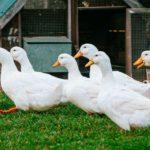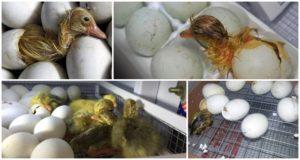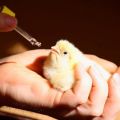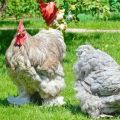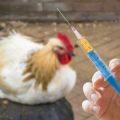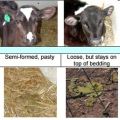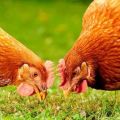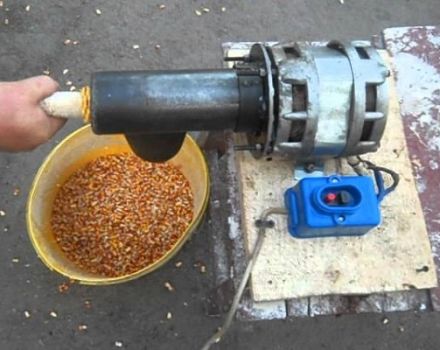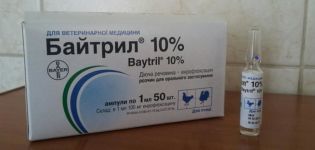Instructions for using Metronidazole for ducklings and dosage in water, how to give
Violation of the sanitary rules for keeping poultry, concerning the timely replacement of the litter, keeping the feeders and drinkers clean, leads to infection of the livestock with protozoan parasites. For prophylactic and therapeutic purposes, antiprotozoal, antibacterial agents are used. For waterfowl, including ducklings, use "Metronidazole" diluted in water according to the indicated dosage.
Composition and release form of "Metronidazole"
The drug for veterinary medicine is used in tablet form. One tablet contains 0.25-0.125 milligrams of metronidazole. The drug is a synthetic analogue of the natural substance azomycin, produced by streptomycetes (bacteria of the genus Streptomyces).
Pharmacological properties
The mechanism of action of "Metronidazole" is the inhibition of the DNA function of pathogenic microorganisms, leading to disruption of their metabolic processes and death. After taking the drug, it is absorbed through the digestive system of birds and is distributed through tissues and biological fluids, getting into:
- into the bone marrow;
- blood;
- bile.
Up to 60% "Metronidazole" is concentrated in the liver, where a metabolite is formed, which retains antiparasitic and antibacterial properties. It is excreted from the body of a bird within 48 hours with feces. Aerobic bacteria and fungal infection are insensitive to the drug.
Indications for use
"Metronidazole" is used as a therapeutic and prophylactic agent. Coccidiosis. It is impossible to exclude infection with coccidia, since in the external environment protozoa are present in the form of oocysts, microscopic capsules, resistant to adverse conditions, disinfectants for several months.
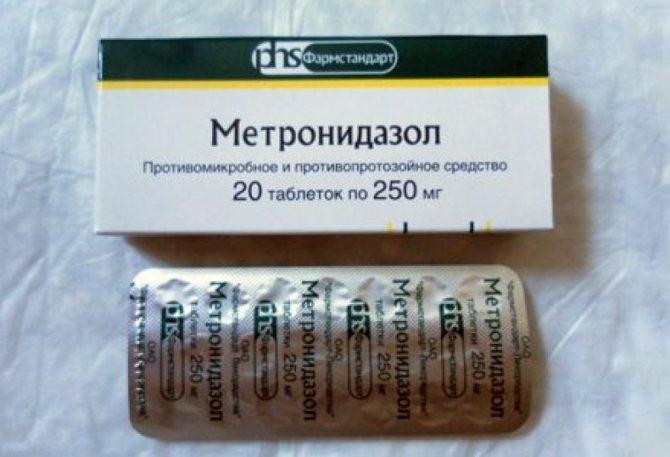
Free-range poultry becomes infected more often than in cages due to the introduction of oocysts into the room. The most susceptible age for young poultry is 2 to 6 weeks. Symptoms of coccidiosis in birds:
- lack of appetite, combined with constant intense thirst;
- weight loss;
- diarrhea with bloody discharge;
- dull and disheveled plumage;
- apathetic state.
If untreated, paralysis of the motor muscles occurs. Histomoniasis, or black head. The causative agent is histomonads (class of flagellate protozoa). There are 2 phases in development: flagellate and amoeba. Parasites infect the cecum and liver of birds. Carriers of the pathogen are earthworms, flies. Eggs of nematodes remain viable for a long time in soil contaminated with litter.
External signs:
- depressed state;
- weight loss;
- dull plumage;
- blue skin on the head.
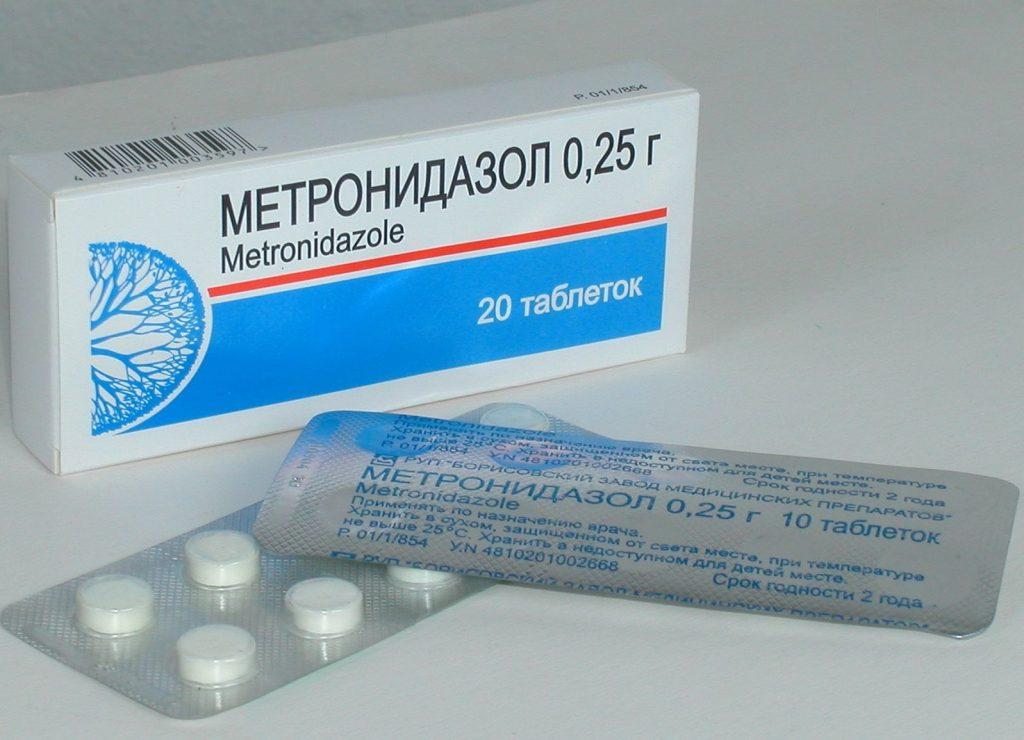
In chickens, ducklings, goslings, turkey poults, the disease proceeds in a dangerous form, turning into an epidemic. All young animals can be infected within 2 days. Symptoms of histomonosis:
- blackening of the skin on the head;
- frothy yellow-green diarrhea with a pungent odor;
- lack of activity;
- photophobia;
- dirty, matted plumage.
The most susceptible to disease are turkey poults (mortality - from 70 to 90%). The internal organs of sick birds after slaughter must be burned.
Trichomoniasis. The causative agents are Trichomonas, the simplest parasites ranging in size from 15 to 40 micromillimeters.
Localization of pathogens in birds:
- oral and nasal cavity;
- the upper part of the esophagus;
- intestines;
- liver;
- oviducts.
Due to the defeat, it is difficult to swallow food and breathe. Primary signs of infection:
- oppression;
- disorder of coordination of movements;
- diarrhea.
The most vulnerable are chicks of all species under the age of 30 days, among which mortality can begin 2-3 days after the beginning of the epidemic. The source of infection is mice and rats, carriers of Trichomonas.
Instructions and dosages for ducks
Metronidazole is used as a therapeutic and prophylactic agent for chicks and adult birds. For chickens and ducklings, tablets are crushed, dissolved in warm water and given through a pipette or syringe at the rate of 0.1 milligram per chick weight every 8 hours. The duration of treatment is 7-10 days, depending on the degree of damage.
For goslings, the medicinal solution is prepared in a proportion of 25 milligrams per live weight. If the young are weakened and cannot drink, then they are injected through the beak forcibly, using a pipette, 3 times a day.
Grown chicks and adult birds "Metronidazole" are mixed into the feed in a chopped form at the rate of 1.5 grams per 1 kilogram of feed for ducks and chickens. For geese and turkeys, the dose is increased to 4.5 grams per 1 kilogram of feed.
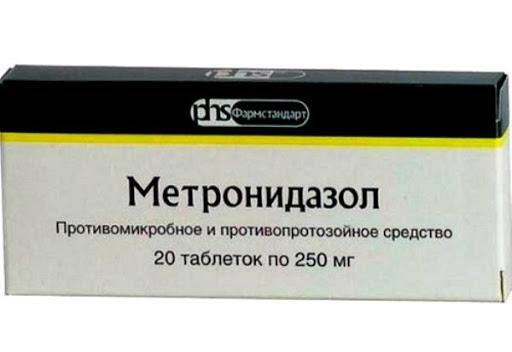
For prophylactic purposes, the drug is used for histomonosis for 10 days. The exact dosages and duration of the course, depending on the severity and extent of the disease, should be determined by the veterinarian
Overdose consequences
If the dosage and duration of treatment are not followed, the birds develop symptoms of overdose. An allergic reaction is manifested in indigestion and movement coordination. In such cases, a veterinarian's consultation is required.
Possible side effects and contraindications
Contraindication is metronidazole intolerance, in which the bird develops convulsions. A side effect when using the medication is refusal to feed, diarrhea.

Expiration date and storage rules
The drug is used within 2 years from the date of manufacture indicated by the manufacturer. The drug is deactivated by light and at temperatures above 25 degrees.
Drug analogues
Medicines with the active substance metronidazole in tablet form:
- "Trichopol";
- "Klion";
- Metrogyl;
- "Flagil".
The differences between the drugs are in the country of origin (India, France, Spain, Russia).


